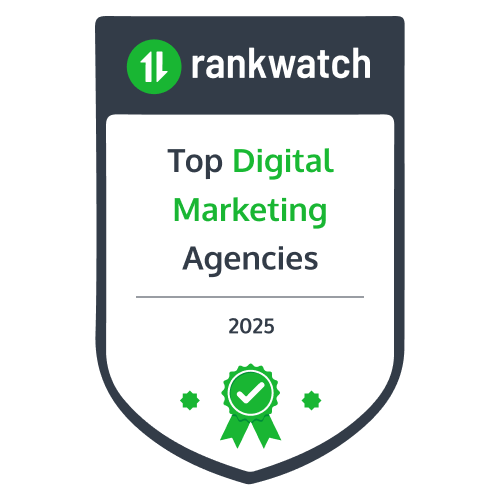Business owners often get public relations and marketing communication confused, thinking they’re two sides of the same coin. That mix-up can mess up strategies, burn cash, and miss chances to reach people. Both are about sharing messages, but they aim for different things and work in their own ways. Knowing when to use PR or marketing communication helps brands build trust and grow, whether in fast-paced or traditional markets.
This matters a lot. A 2021 Nielsen study found 88% of people trust their friends’ advice, and 83% believe news stories over ads. Picking the wrong tool, like pushing a sales pitch when a brand’s in hot water, can hurt its reputation. Companies that figure this out create stronger bonds and get better results.
What Sets Them Apart
Marketing communication is all about sales. It gets customers to buy a product, sign up for a service, or jump on board with a brand. Messages, like ads or emails, are bold and push people to act fast.
PR is about trust, not just with customers but with a bigger crowd—employees, investors, officials, and communities. It’s less about selling and more about making a brand look solid. For example, when social media buzz gets out of hand, PR steps in to steer the story. In places where local values run deep, PR keeps relationships strong.
Who They’re Talking To
Marketing communication zeros in on customers. It uses info about what they like or how they shop to craft messages that spark sales. Ads in online shopping markets often hit young folks who love to try new products. In tough, competitive markets, messages show why one brand beats the rest.
PR reaches a wider group, like investors, officials, or communities, all at once. A 2024 Edelman study says 76% of people want brands to be upfront with everyone, not just buyers. PR makes sure these groups get the right message, whether in a market buzzing with social media or one with hard-hitting news.
How Messages Get Through
Marketing communication speaks directly. Ads, social media posts, or emails shout, “Get this now!” A new phone ad, for instance, pushes people to buy it quick. Success comes from clear words and hitting the right audience.
PR works through others’ voices. When a news story talks about a brand or someone trusted shares their take, it feels real. Nielsen’s 2021 study says people trust news more than ads, especially where trust is everything. PR builds that trust with news coverage or honest feedback.
When to Use What
Marketing communication works great in some moments:
- New products: Clear messages about what a product offers connect with customers who know the brand, like a phone launch.
- Competitive markets: Showing why a brand is better helps it stand out, like in tech-heavy areas.
- Sales deals: Short-term offers create buzz and fast buys with sharp ads.
PR is the go-to for other times:
Crises: Honest talks rebuild trust when a brand’s in trouble. Sales pitches can feel off here.
- New markets: Starting fresh in a new place needs trust first, often through news stories.
- Strict rules: Building ties with officials keeps things smooth.
Tesla pulls this off well. They grab headlines with their big ideas, building trust without tons of ads. When they talk to customers, that trust makes their pitch hit harder. A 2023 McKinsey study says mixing PR and marketing like this boosts profits by 23% more than keeping them separate.
Layer PR’s Way of Combining Both
At Layer PR, we show clients how to blend PR and marketing communication for bigger wins. For a tech brand starting in a new market, we kick off with news stories to build trust, then roll out ads to drive sales. In markets with strong local traditions, we connect with people carefully, so later ads land better. This proves how PR’s trust-building powers up marketing’s sales push.
How to Know It’s Working
PR and marketing communication check success differently. PR looks at:
- How news stories talk about the brand.
- If people trust the brand, based on surveys.
- Opportunities to speak at events or lead talks.
- How well crises are handled and if the brand stays strong.
The Global Alliance for Public Relations says PR should focus on relationships, not just news hits. Marketing tracks:
- How many people show interest and buy.
- What it costs to get customers and their value over time.
- Sales from ads and how much money they bring.
- If people like the brand or plan to buy it.
The Marketing Accountability Standards Board shows how marketing ties to profits, proving its value. Together, these show how PR’s trust fuels marketing’s success.
How Different Businesses Use Them
Some businesses lean on PR or marketing more. Tech companies use PR to explain new products before ads kick in. In crowded shopping markets, marketing pushes deals, but PR handles issues with employees or officials. In markets with tight rules, PR builds ties with leaders, while marketing reaches buyers.
It’s not about choosing PR or marketing communication. It’s about using them at the right moment. Do it well, and brands can build trust, spark action, and thrive anywhere.






